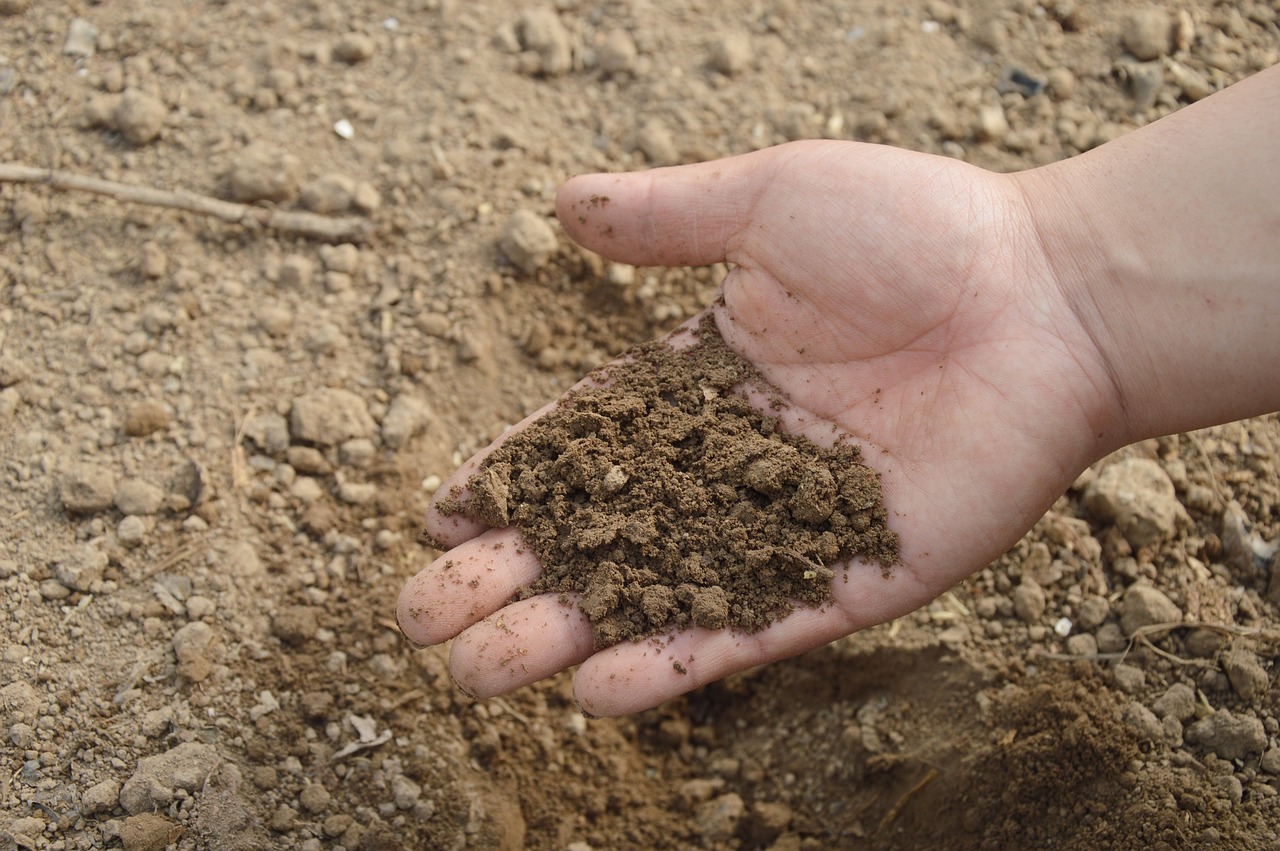
Properties of Soils (Grades 6-8)
Students examine the components of different soils and recognize how sand, silt, and clay particles affect air space and water absorption.

Students examine the components of different soils and recognize how sand, silt, and clay particles affect air space and water absorption.
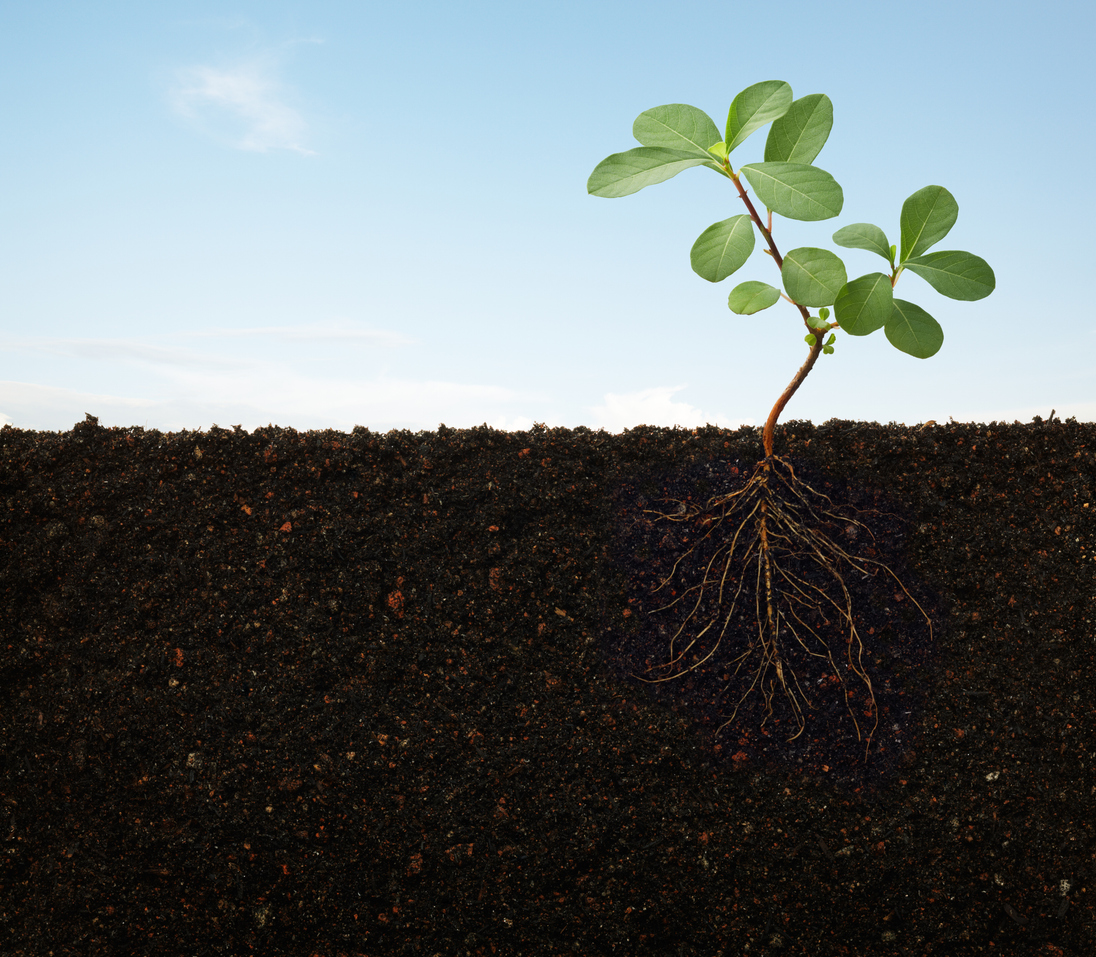
Students will recognize that plants remove nutrients from the soil, explain the roles of diffusion and active transport in moving nutrients from the soil to the plant, and relate the root and vascular systems of the plant to the human circulatory system.
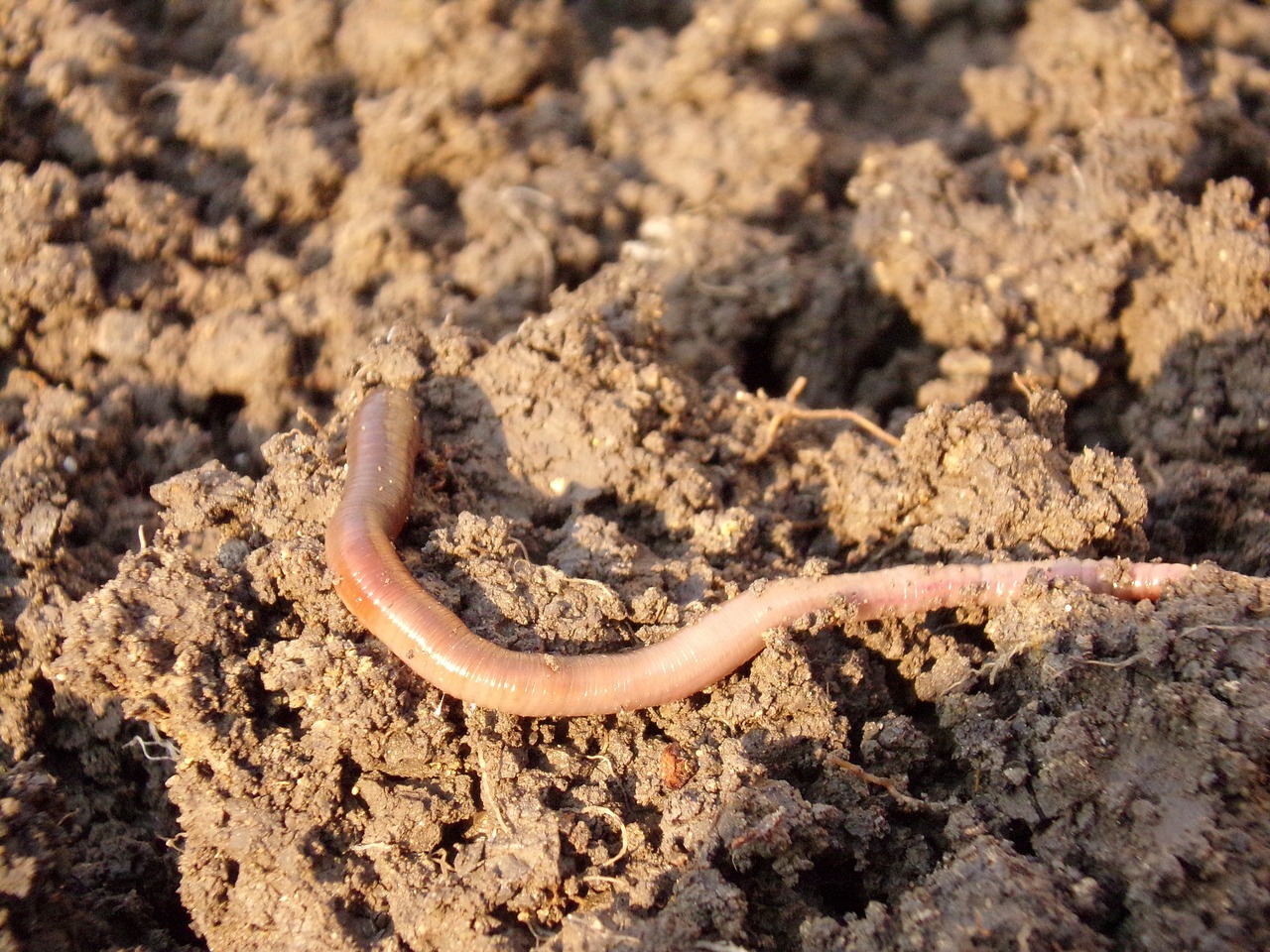
In this lesson, students will create mini habitats to observe earthworm behavior and learn about the important role that earthworms play in decomposition and plant growth.
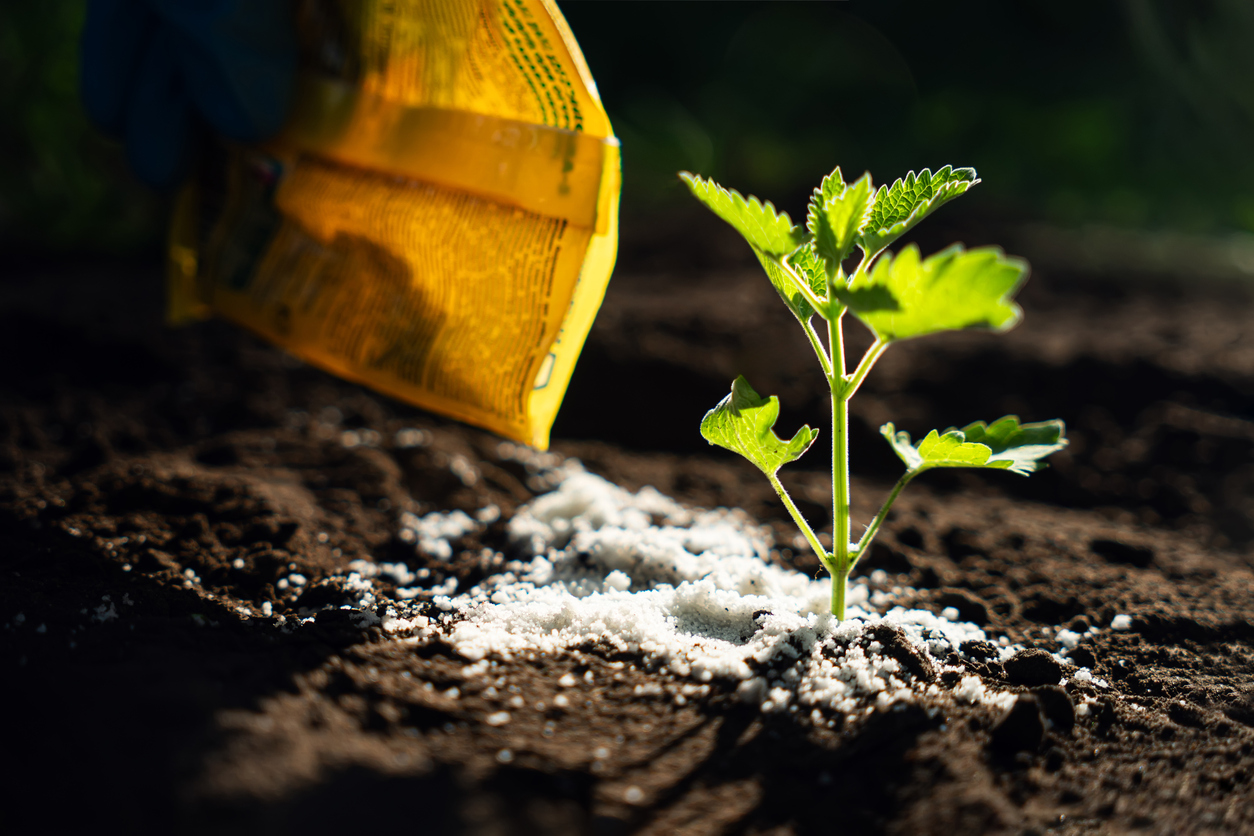
In this lesson, students will learn how to read a fertilizer label, understand the components of fertilizers, and explore factors for choosing the appropriate fertilizer for a given situation. Students will use their knowledge and conduct research on one type of soil supplement to design a persuasive product advertisement.

Students discover the sources of various fish and seafood, compare wild-caught and farm-raised aquaculture systems, and use a simulation to learn how overfishing can damage the ocean ecosystem.
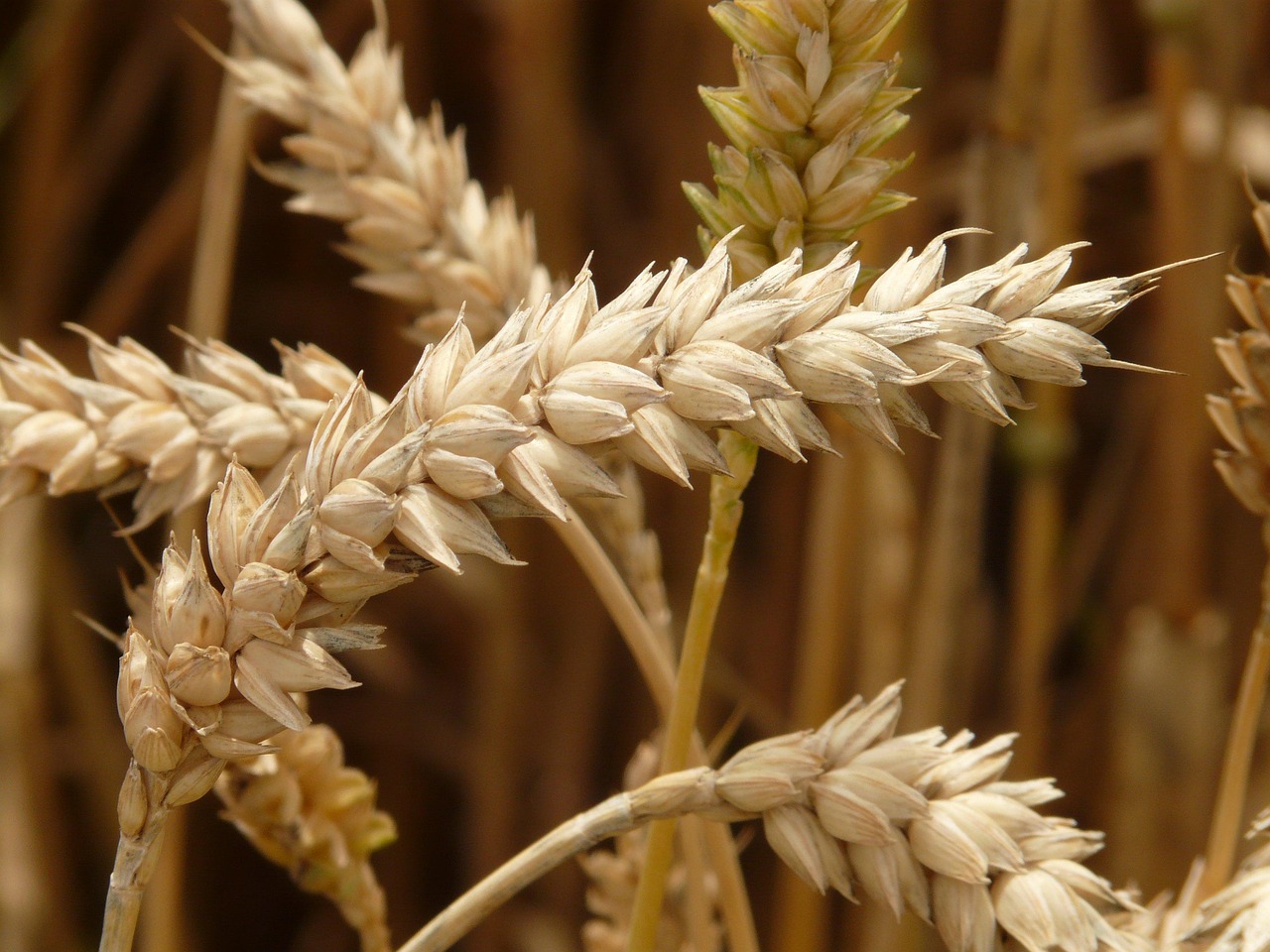
Students will learn the physical components and nutritional composition of a grain, understand the function of the protein gluten in the structure of bread products, and investigate how mechanical and chemical digestion begins with salivary amylase in the mouth.
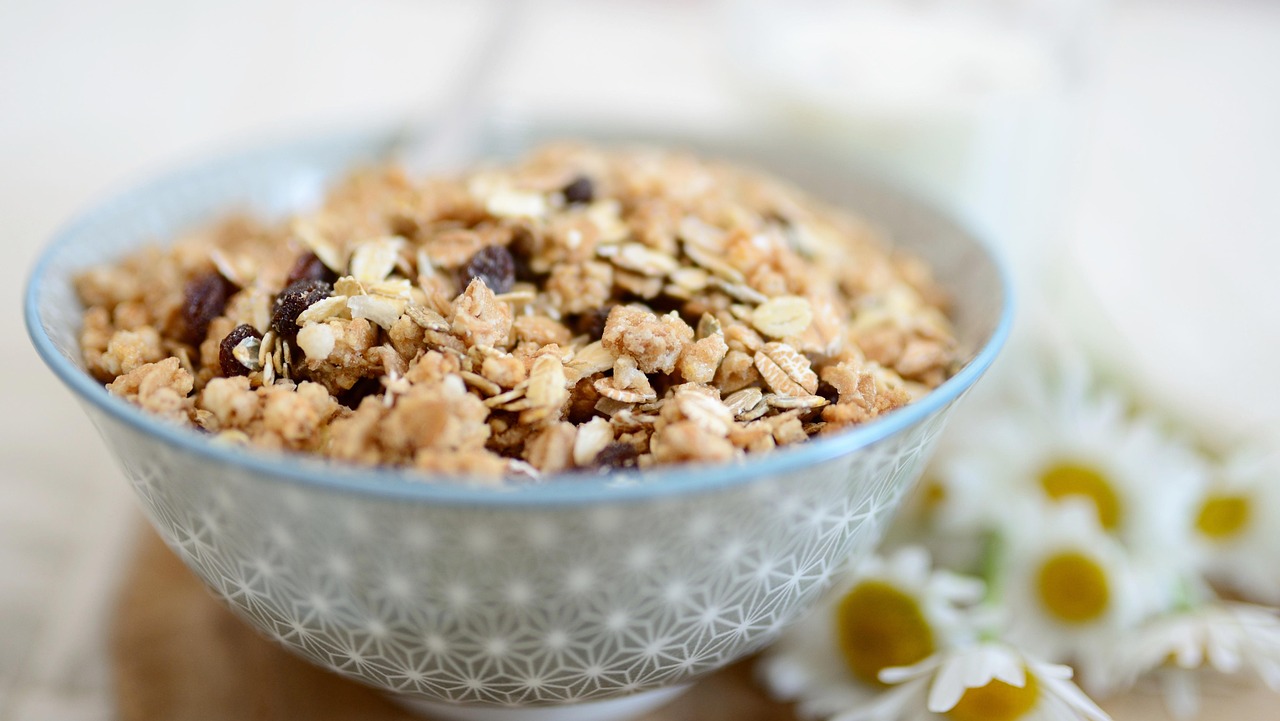
Students will develop an appreciation for the extensive materials and career fields provided by agriculture, specifically as related to cereal grain production, processing, and consumption. Activities include playing a game in which students become agronomy specialists, mapping the top grain-producing states, and watching videos about careers related to grain production.

This lesson centers around the activity of extracting DNA from a strawberry while highlighting careers in biotechnology and agriculture.

Students will simulate how a type of biotechnology called Marker Assisted Selection (MAS) is used to identify crop plants that have desirable traits such as sweet tasting fruit or natural resistance to a pest or disease.

In this lesson, students will complete monohybrid and dihybrid Punnett squares in preparation for taking on a challenge to breed cotton plants that produce naturally blue colored cotton.
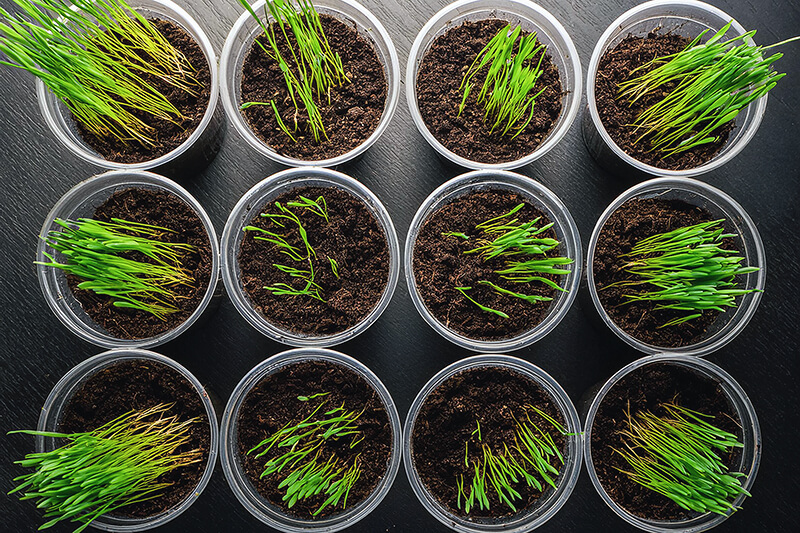
Students investigate rangelands by growing their own grass to represent a beef or sheep ranch.

Students will use the Claim, Evidence, and Reasoning model to evaluate styles of housing used for hens that lay eggs. Using critical thinking skills, students will compare housing styles, determine which system meets their animal welfare standards, and engineer their own hen house model to meet the needs of laying hens. This lesson covers a socioscientific issue and aims to provide students with tools to evaluate science within the context of social and economic points of view.